Description
Penstemon digitalis ‘Husker Red’
(Penstemon digitalis ‘Purpureus’) This herbaceous Penstemon has much to recommend it. The foliage is richly beetroot stained, forming an evergreen clump in Winter. The flowers are white, stained with lavender and pink, rising up to 1m on dark stemmed panicles. Penstemon digitalis is native to the East of Canada, stretching down into the USA. Naturally it grows in moist sandy soils in full sun. Husker Red was created in 1983 by Dale Lindgren at the University of Nebraska and named in honour of the Nebraska Cornhuskers, an intercollegiate Athletic team. Named perennials of the year for 1996 by The Perennials Plant Association. Penstemon digitalis ‘Dark Tower’ (also one of Dale Lindgren’s) is taller and darker in the foliage.
There are around 250 species of Penstemon, and all but one, P.frutescens, are native to the Northern America, chiefly the Western United States.
Penstemons can be split into the species, of which not many are common in British gardens, and the European hybrids which have been bred from a relatively small number of mostly Mexican species, notably P.gentianoides, P.hartwegii and P.cobaea. Breeding began in Continental Europe sometime befor 1835, but details are confused and records scarce. Often the species credited for a cross was not introduced until after the record published ! By 1850-1870 breeding was well underway on both sides of the Channel and several named cultivars commonplace. By 1900, Forbes was offering 550 named varieties. Lemoine had raised 470 himself before his death in 1911.
Many Penstemon in the wild grow in quite poor soils, porous and of low fertility. However these conditions are not a prerequisite for growing the wealth of hybrids seen today. Penstemon are quite tolerant of dry conditions, but richer soils are also well tolerated. Increasing the fertility and water will increase the lushness of Penstemons which is a benefit in terms of display, but will lead to lusher growth that is more prone to damage and will probably shorten the plants life. Alkalinity is very well tolerated.
The best way to keep your plants tidy is to give them a light trim before winter, leaving most of the stems as protection for the basal shoots. When the basal shoots grow away strongly in Spring and are 5-10cm long, trim away all the previous year’s growth.
Deadheading, principally in the form of the removal of whole flowering shoots, can be beneficial in prolonging flowering, especially on drier and poorer soils.
The Native Americans used Penstemon roots as a remedy against toothache.
The name Penstemon has a disputed origin. Penstemons are members of the Scrophulariaceae which are distinguished by having four fertile stamens. Penstemon have a fifth unfertile stamen. John Mitchell described Penstemon and passed this description to Linnaeus who subsequently published under Chelone pentstemon, adding the extra ‘t’. It was therefore assumed that it derived from ‘penta’ = five. However subsequent work suggests that it was originally meant as ‘paene’=almost. So it may be ‘five stamens’ or ‘almost a stamen’, take your pick.

















































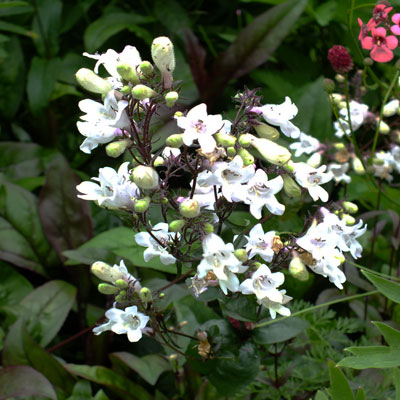
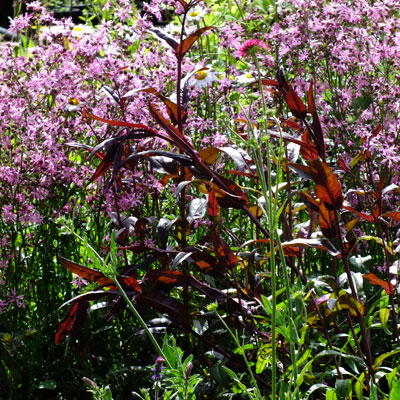
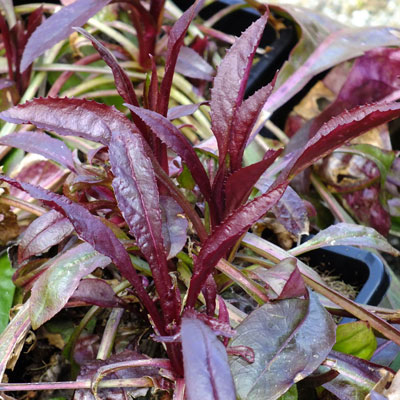
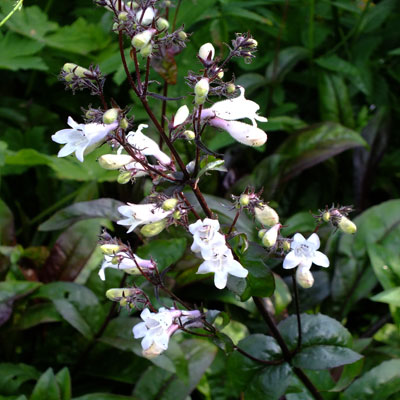
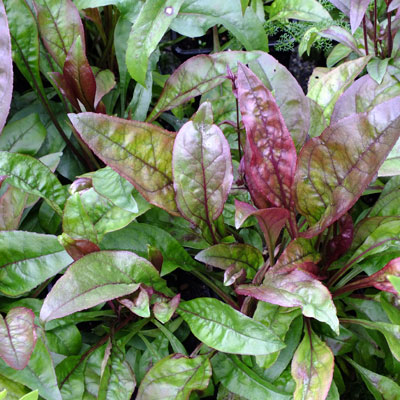
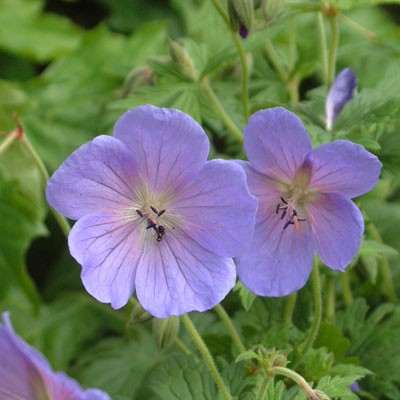
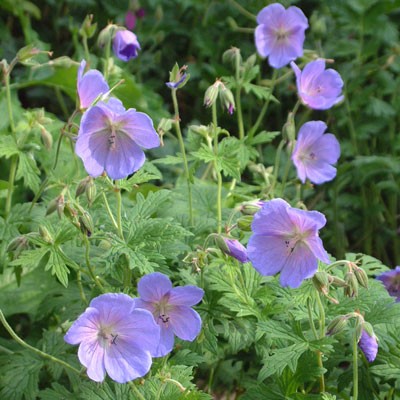
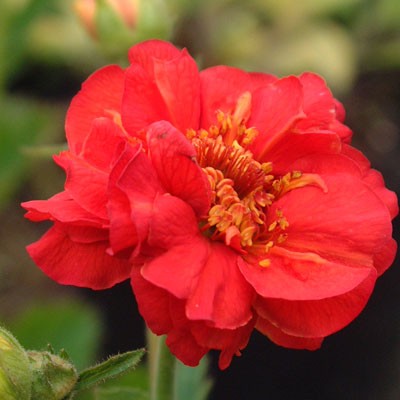

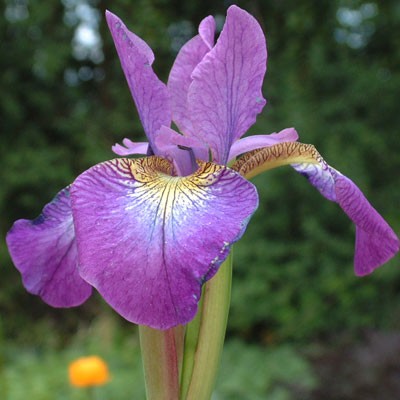
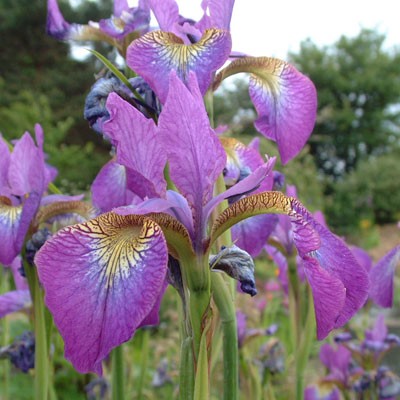
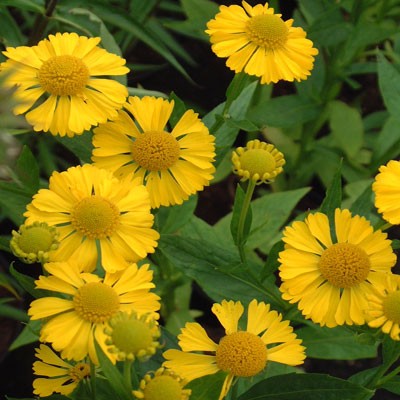
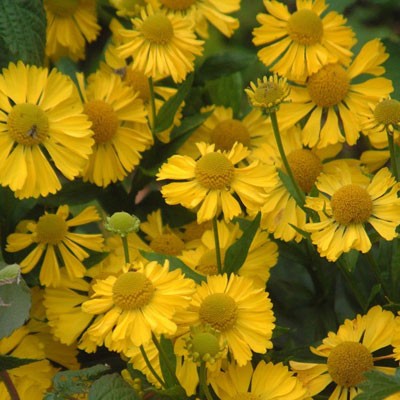
Reviews
There are no reviews yet.